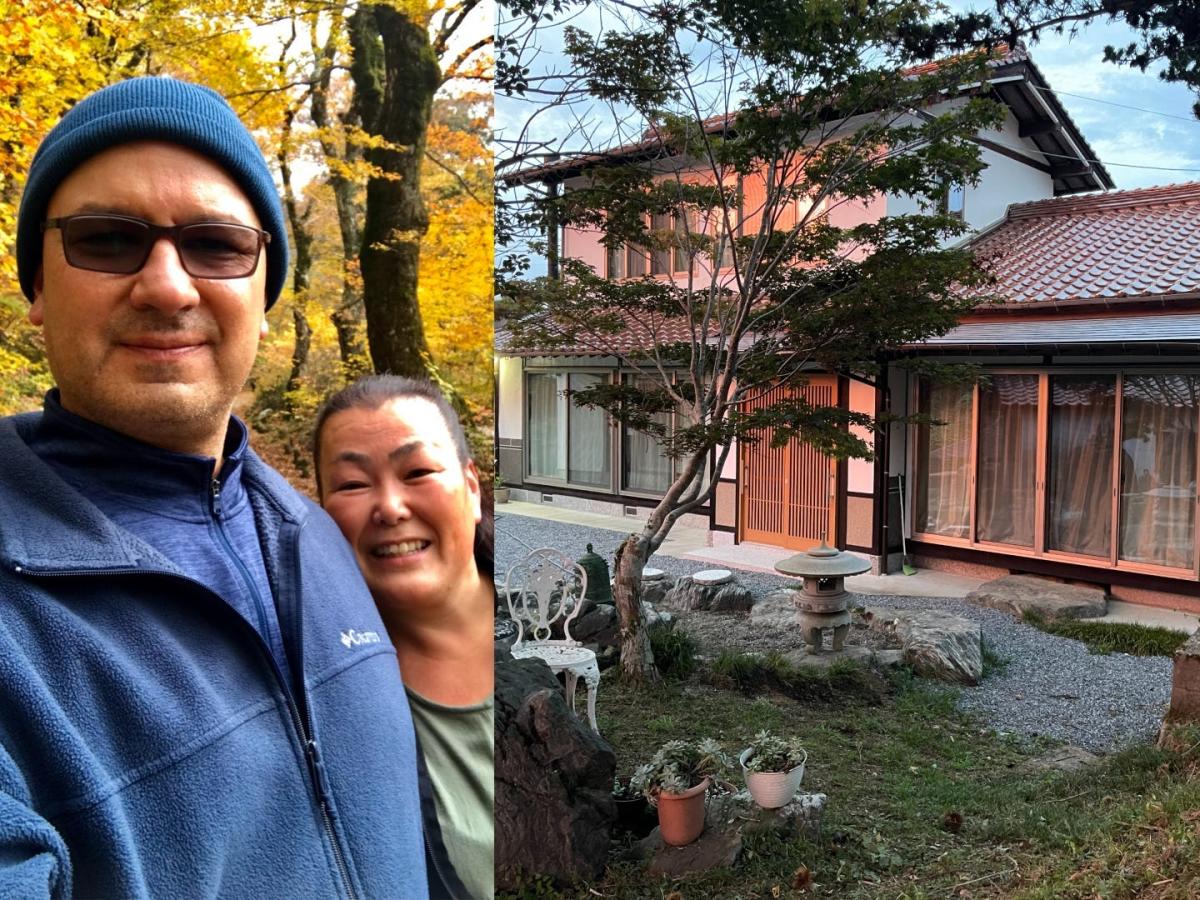-
Lawrence Covian, 53, and his wife moved to Japan from the US in 2017.
-
They bought an abandoned house, or akiya, in the countryside for 5 million Japanese yen, or $35,000.
-
He says his mental and physical health has improved since he started living in the countryside.
When Lawrence Covian’s five-year employment contract came to an end, he had no interest in returning to the US.
Covian and his wife, Chiyoko, had moved to Japan from North Carolina in July 2017 due to his job with the US government. The initial idea was to return to the US after, but as they settled into their new lives, they realized that they didn’t want to leave.
“After being here for five years, I was comfortable and liked it here, and we decided we were going to stay here one way or another,” Covian told Business Insider.
In order to stay in Japan, he decided to continue working for the US government as a contractor.
Around the same time, the couple — who met as young adults in California and have been married for over 30 years — decided they wanted to put down more permanent roots in the country.
As a fan of old houses, Covian was already interested in the idea of buying and renovating one of Japan’s 8.5 million abandoned homes, known as akiya, in the countryside.
“I’ve always liked how older houses have more space and character, but really, it was the lower prices that kind of led us to go down this route,” Covian said.
Choosing an akiya over a new house
Covian isn’t alone in being drawn to these old, vacant homes in the Japanese countryside.
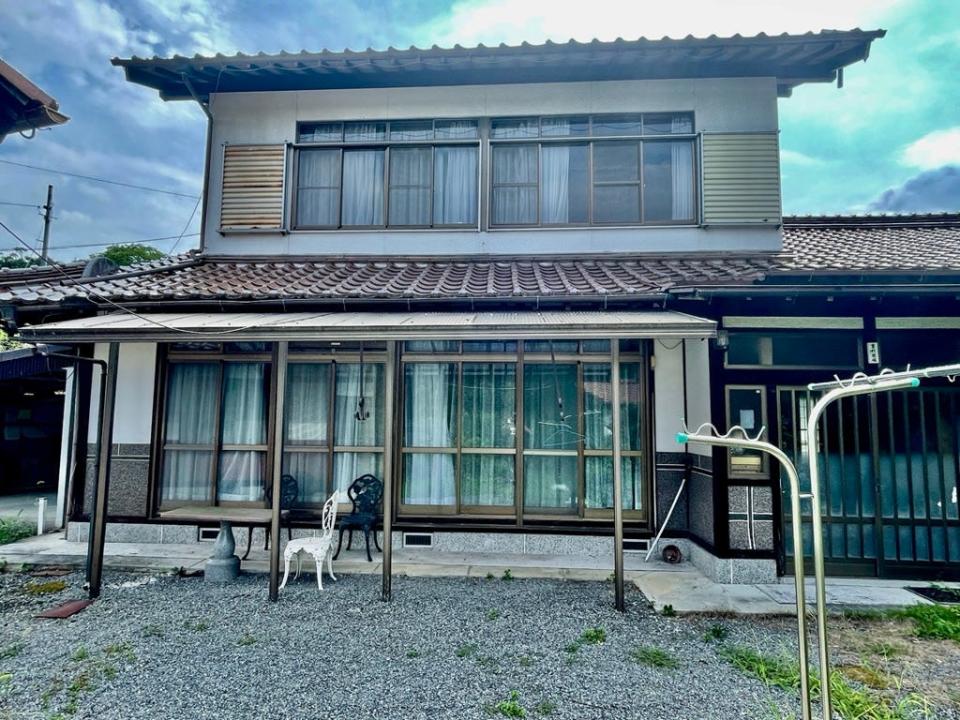
In Japan, the shrinking population and internal migration have resulted in millions of unoccupied houses in rural areas, causing a “ghost town” problem.
But thanks to the low price tag and the lack of restrictions on foreigners purchasing property, more and more foreigners are choosing to snap up these old homes — which many see as a way to achieve homeownership without the same kind of financial stress as buying real estate in their home countries.
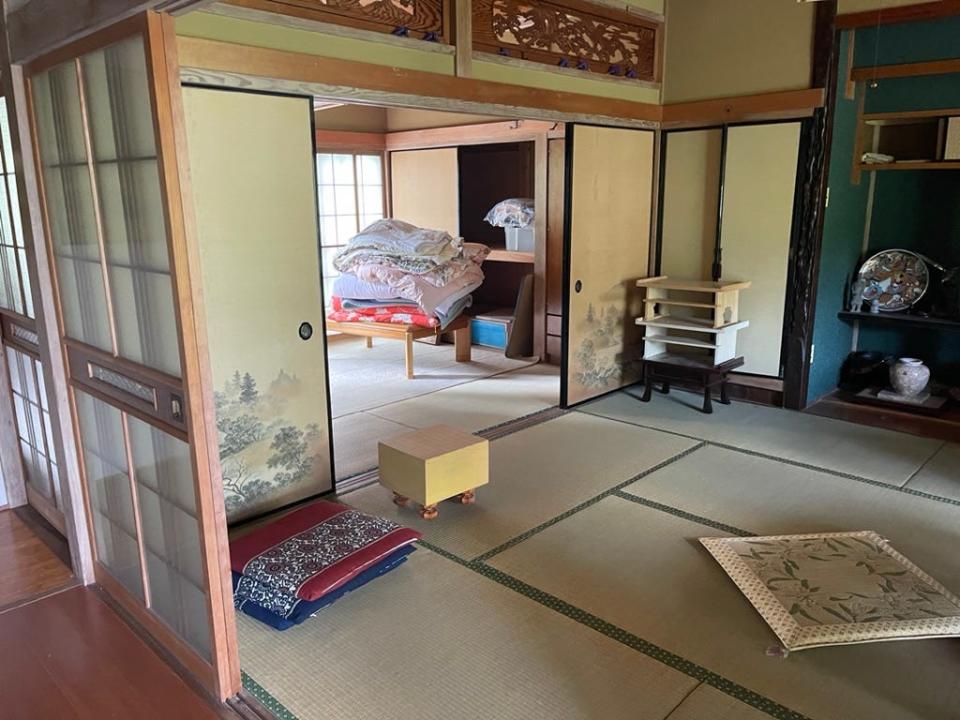
Covian’s job had brought him to Iwakuni, a city in the Yamaguchi prefecture, all those years ago, and the US veteran knew he wanted to continue living in the area due to its proximity to his workplace.
Iwakuni is about 20 miles from the nearest major city of Hiroshima, and about 400 miles from Tokyo.
Years ago, the couple had stumbled onto the nearby small town of Miwa while riding bikes, and Covian remembered how much he loved the location, thanks to its gorgeous mountainous landscape and rice fields.
He decided to concentrate his search for akiya in the town through an akiya bank, a database maintained by the local municipalities for abandoned or vacant houses.
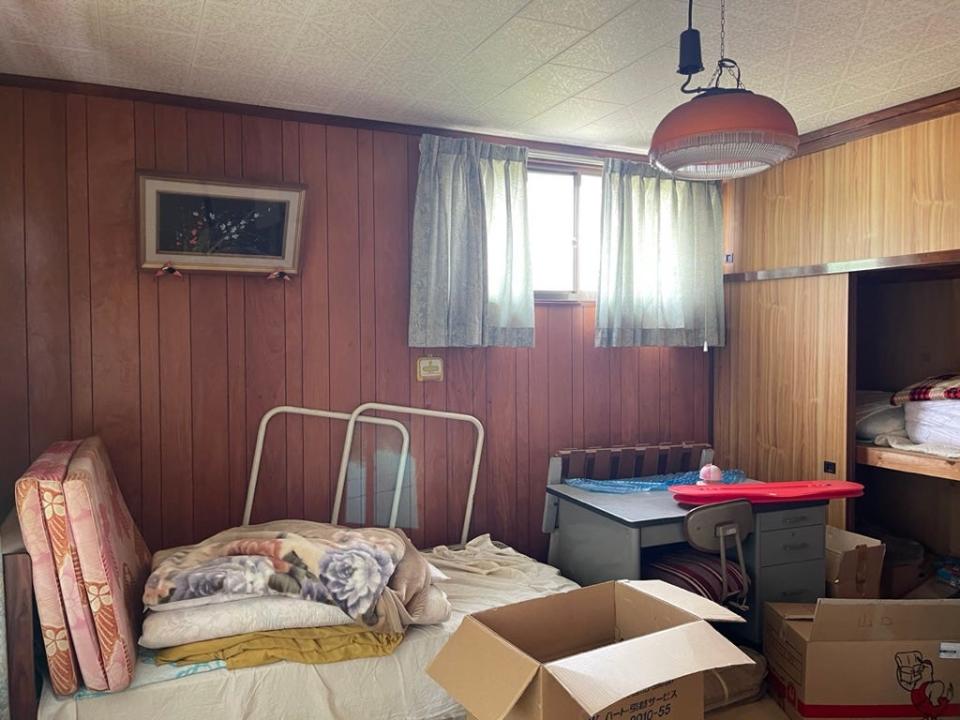
“One popped up in a small local real-estate agent, and so we contacted him through the website,” Covian said.
Viewing the akiya was quite an overwhelming experience due to the condition the house was in, he added.
The property had been empty for about five years, with furniture and other household items left behind. Outside, overgrown weeds and vines had taken over the yard.
“My wife and I were excited — but not too excited — because it looked bad, and I did not know a carpenter that could help us with the work,” he said.
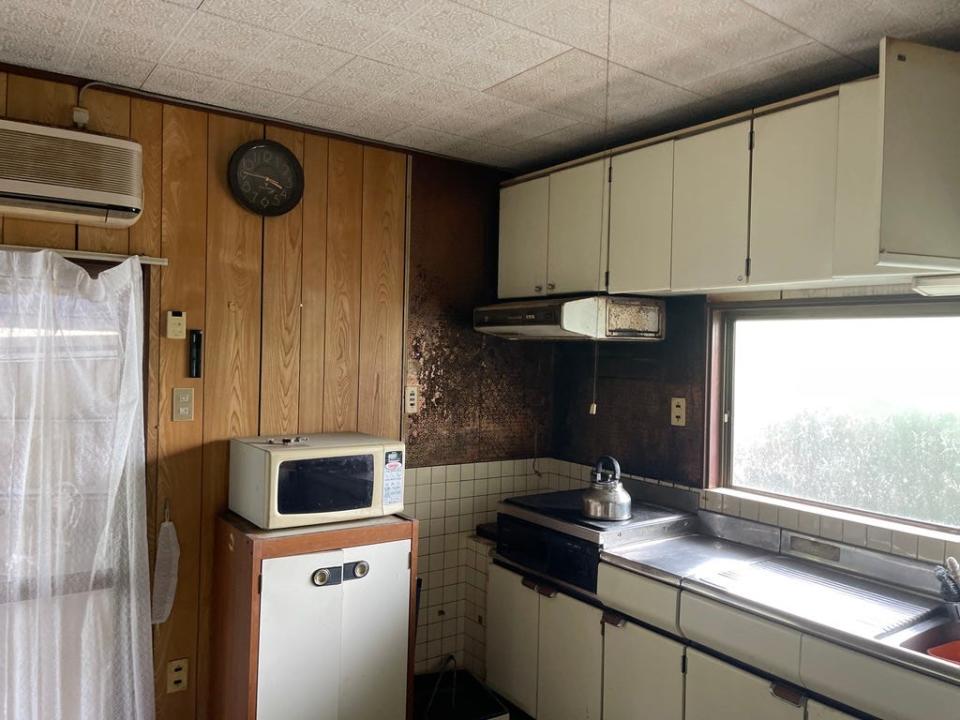
But a chance encounter with a local café owner led to the couple being introduced to a man who ran a carpentry business in the area.
After looking at the akiya together with the carpenter, Covian, and his wife decided to buy the property. The couple paid 5 million Japanese yen, or about $35,000, for it and hired the carpenter to renovate it.
The akiya was listed for 6 million Japanese yen, but the real-estate agent offered the couple one million Japanese yen off the listing price if they were willing to clear out the house on their own.
“I told them, ‘OK, I’ll take care of it.’ There were beds, sheets, clothes, pots, pans, and a lot of personal stuff, unfortunately, left behind,” Covian said. “I bought one of those little trucks for $1,200, and we took everything out ourselves.”
Blending Japanese and Western design influences
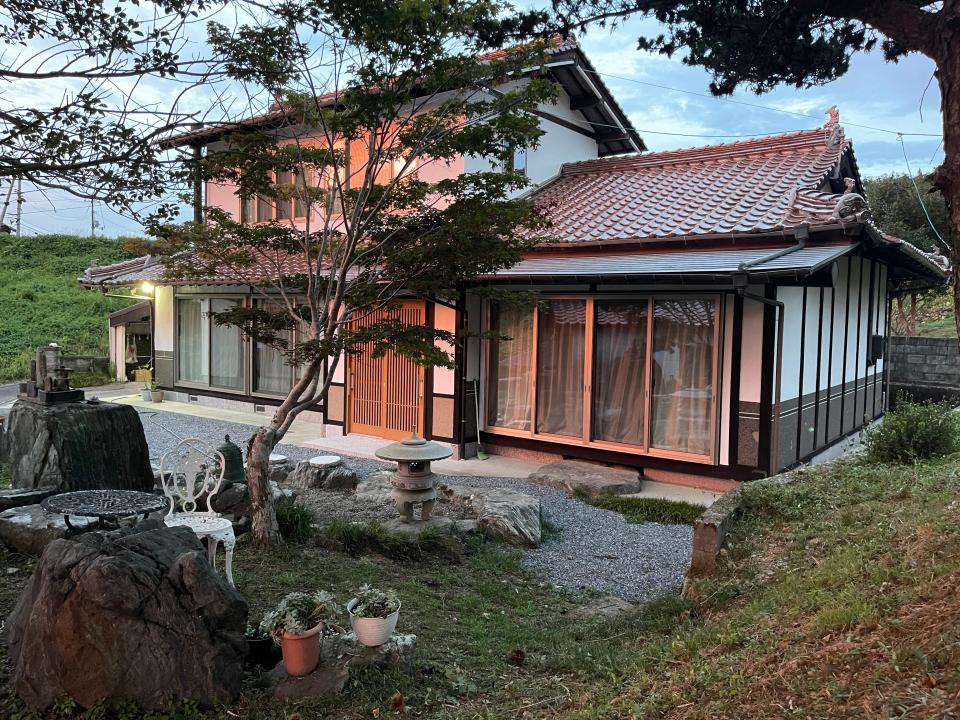
The entire property includes the two-story main house, a guest house, a garage, a storage building, and three-quarters acre of land. It’s about a 40-minute drive up the mountains from his workplace.
The renovated main house features a blend of traditional Japanese and Western features.
Covian had kept the tatami room and the engawa — the little hallway that runs along the windows — in the house but also added a pantry and a laundry room, which are not commonly found in traditional Japanese homes.
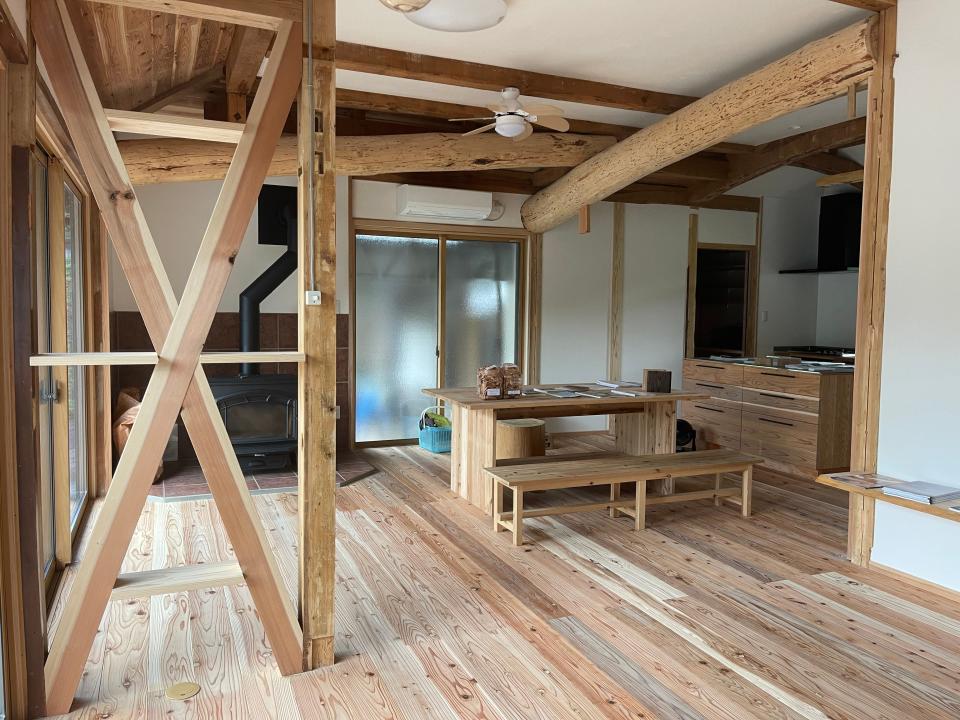
Additionally, he didn’t want any small ledges in the house — save for the entrance step.
“I told him I wanted a Roomba to be able to go through the whole house and not get stuck,” Covian said. “But it wasn’t really about the Roomba. It was more for if someday, God forbid, that me or my wife is in a wheelchair, and we can’t move out of one room because we have those steps.”
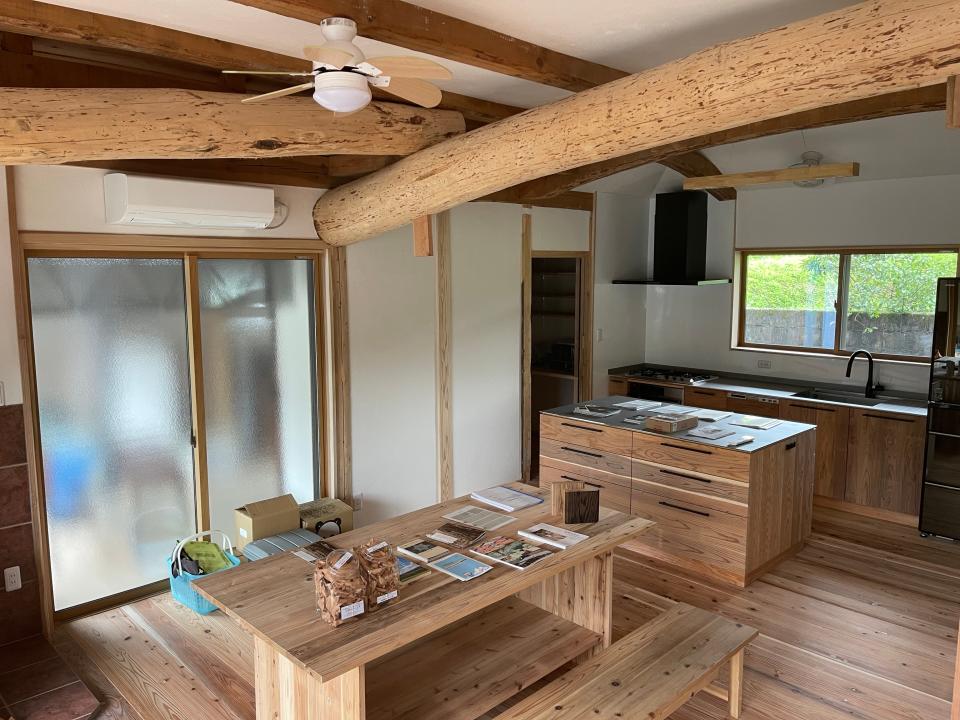
Covian estimates the renovation costs totaled about $230,000. He acknowledges that it’s on the higher end compared to what people expect, but he has no regrets.
“A lot of things that we did were not necessary, so we could have saved a lot of money if we wanted to,” he said, adding that he and his wife wanted the place to be beautiful and comfortable in the exact way they envisioned.
With the amount they spent, they could have bought a brand-new house, but that was never the dream.
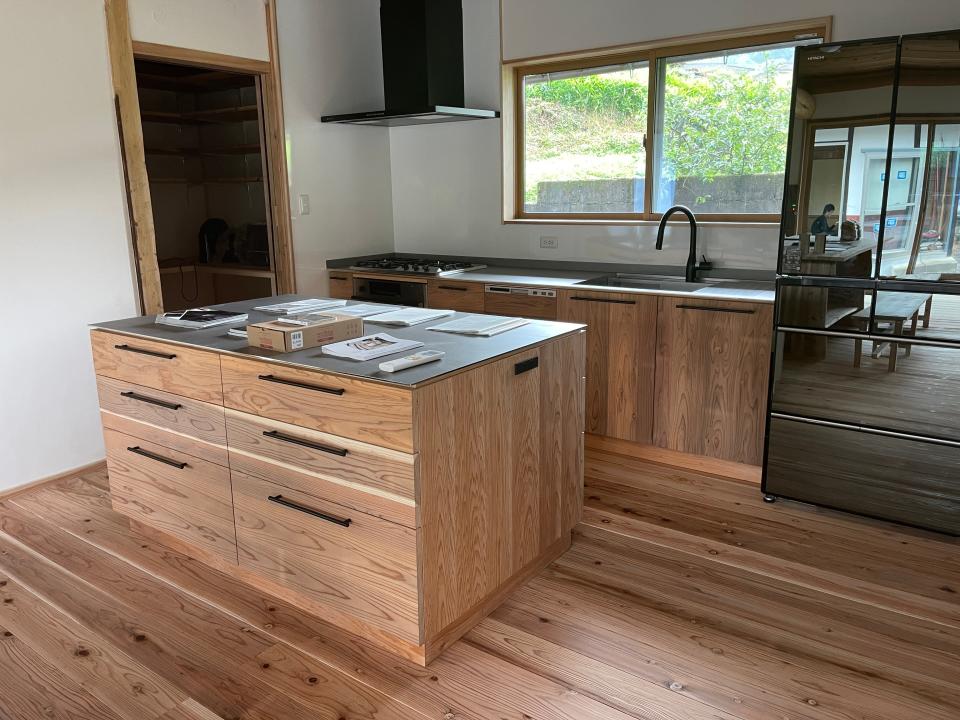
“I don’t want one of those new houses. They’re little cookie cutters; everything’s plastic or vinyl. No character,” Covian added.
Most importantly, the renovated akiya is a home that the couple can proudly call their own; Covian’s even started a YouTube channel documenting his akiya journey.
“Before, we were moving every few years, so our walls were never painted, and we never hung up pictures,” Covian said. “But this a place that I can call mine. It’s ours.”
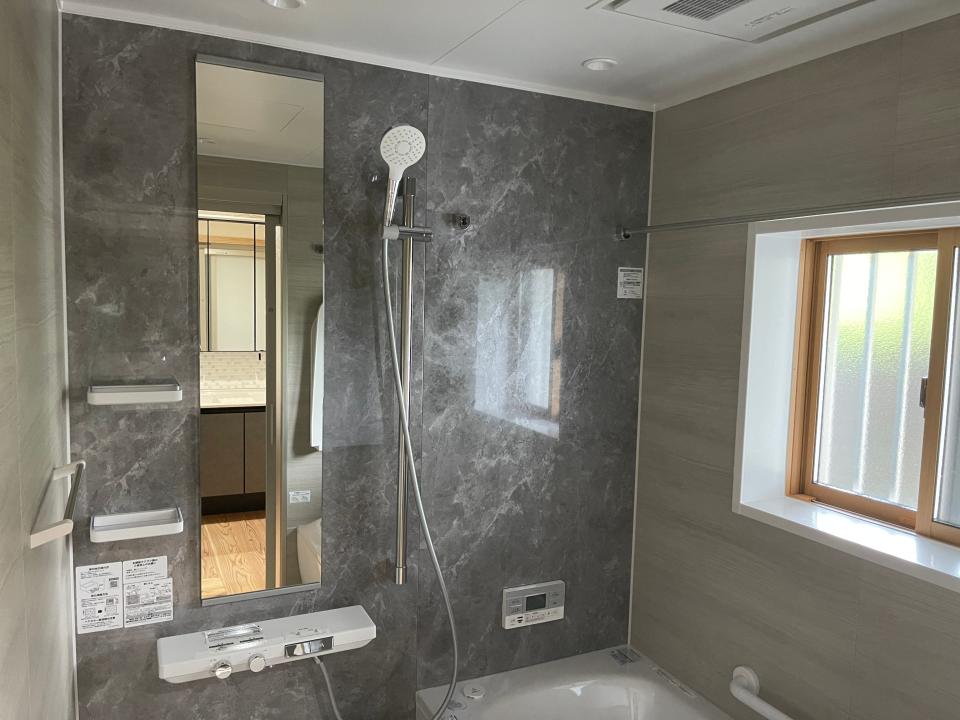
Life in the Japanese countryside
Prior to moving to Japan, Covian had been to the country a handful of times to visit his mother-in-law, but those trips were never long enough for him to explore the countryside.
Even though he’s been living in Japan for seven years, every day still feels like an adjustment.
Covian has been taking regular Japanese language classes, but he still struggles with communicating in certain situations.
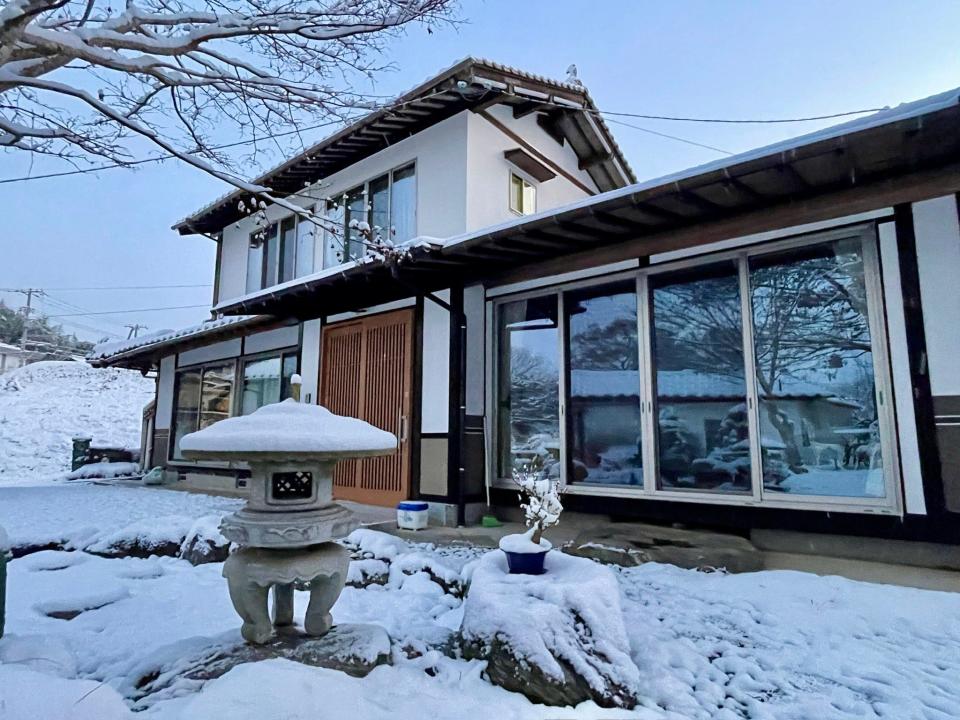
“Daily life, I’m fine, but for example, the other day I had to go to the hospital to get a procedure done, and the medical terminology and all that, that’s just above me,” Covian said. “So I have to rely on my wife, and I think that’s how it’s going to be for many years.”
That said, he loves being in the countryside.
“When I drive up the mountain, I am at peace. I always joke with my wife that I can spend the whole time up here — just me, myself, and I, outside. And I am perfectly happy,” Covian said. “I don’t like going to Tokyo. I don’t like going to the big cities. It stresses me out.”
The slower pace of life and being surrounded by nature have been good for his mental and physical health, too. Life in the Japanese countryside is also very different from in the US, where it’s a “constant rat race,” he said.
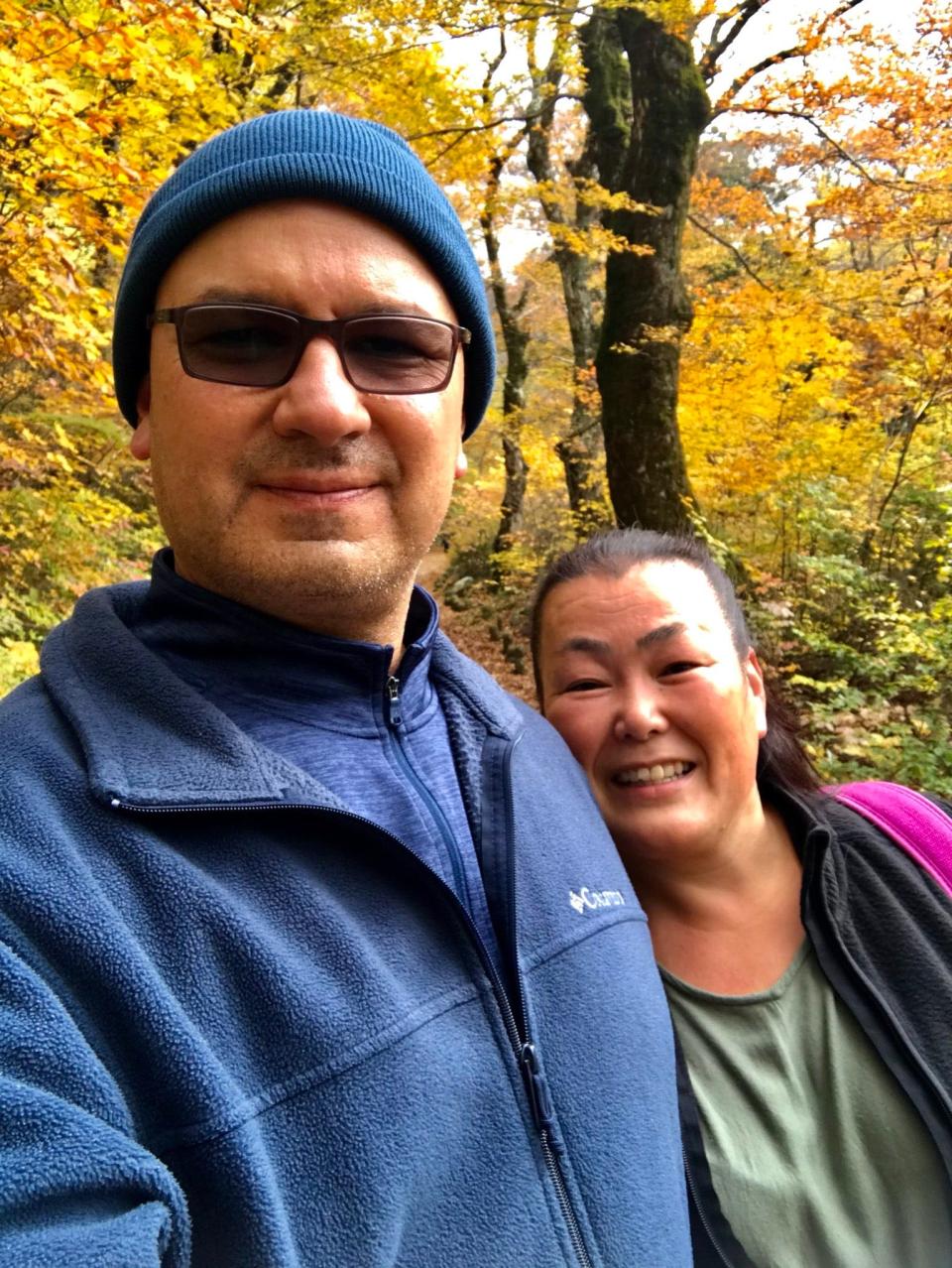
“Of course, we like nice things in life, but still, in the United States, you get drawn into keeping up with the Joneses, having the newer car, and nice this and nice that,” Covian said. “Before you know it, you’re just constantly working and working with no end in sight.”
Although Covian still works in Japan, he’s been thinking about traveling around Japan in a campervan when he retires.
“I don’t want to become 60, 70, and become ill, and then have regrets because I didn’t pursue other things I wanted to do,” he added.
Have you recently built or renovated your dream home? If you’ve got a story to share, get in touch with me at agoh@businessinsider.com.
Read the original article on Business Insider
